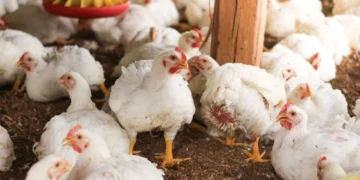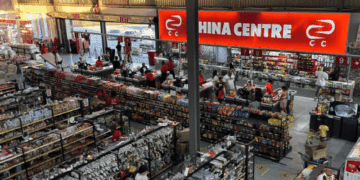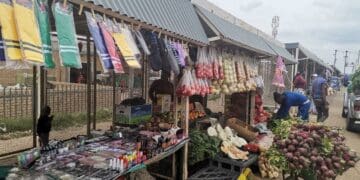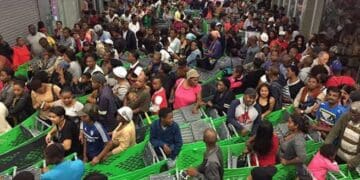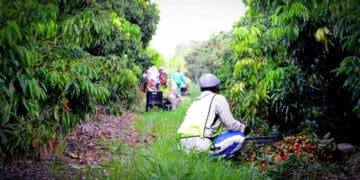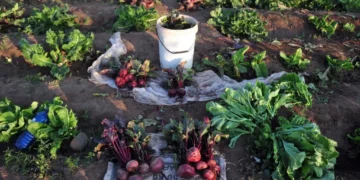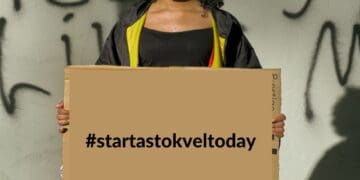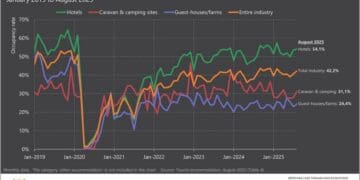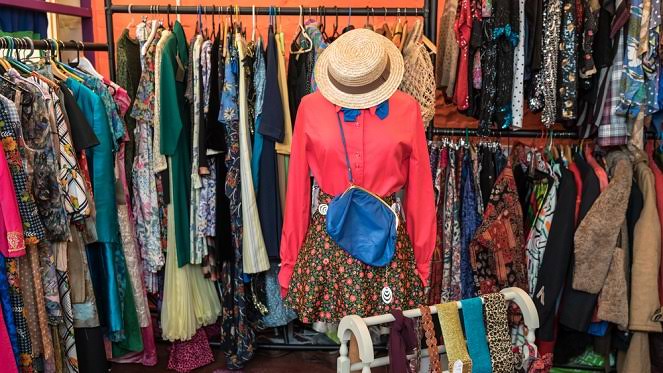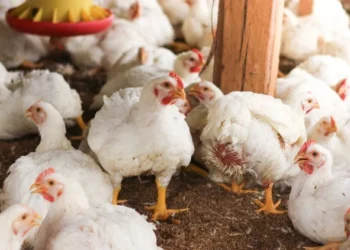In South Africa’s buzzing cities and townships, a new wave of young entrepreneurs is redefining fashion not by designing new clothes, but by giving old ones new life. From Johannesburg’s downtown thrift stalls to curated Instagram boutiques, thrifting and reselling have grown into a serious small business trend that is changing how people shop, dress, and hustle.
What used to be a casual weekend hustle, buying second hand clothes at markets and reselling them, is now a full time income for many. Online platforms like Yaga and Drip Markets have made it easier than ever for small sellers to reach national audiences.
Since launching in 2020, Yaga has helped sellers move nearly two million pre loved fashion items, generating over R500 million in sales. Many of its users are young women who have turned what started as closet clean outs into profitable online stores. Similarly, Drip Markets, founded by university students in Stellenbosch, is helping the next generation of resellers build digital storefronts for thrifted fashion.
“I started selling because I wanted extra money for school,” says 24 year old reseller Thandi Nkuna from Soweto. “Now it’s my full time job. I source from thrift markets, wash and style everything, then post it on Yaga and Instagram. My customers love that each piece has a story.”
Beyond profit, thrifting is becoming a movement rooted in sustainability and community. South Africans are becoming more conscious of fashion waste and the environmental costs of fast fashion. Social enterprises like Taking Care of Business (TCB) work with major retailers to redirect unsold clothing to informal traders, who then repair, rebrand, and resell the stock.
Over the past 15 years, this model has created more than 7,800 micro entrepreneurs and generated around R559 million in combined income, proving that circular fashion can create jobs while saving the planet.
Instagram, TikTok, and Facebook Marketplace have become the virtual malls of the thrifting economy. Resellers build personal brands through creative photography, styling videos, and transparent customer interaction. Clean visuals, quick replies, and trust are everything.
“People don’t just buy the clothes, they buy your eye,” says Kgothatso M, who runs the TikTok thrift store RetroBabyZA. “If you know how to style, market, and tell a story with your items, you will always have customers.”
Still, reselling is not without its struggles. Authenticity, logistics, and stigma remain key obstacles.
Many buyers fear counterfeits or poor quality items, so resellers spend extra time cleaning, verifying, and photographing their stock. Others, especially township sellers, face challenges with delivery and digital payment systems. Some consumers still view second hand clothing as “cheap” or “unhygienic,” though attitudes are slowly shifting.
“It’s a hustle. Sometimes I carry huge bags across town just to restock,” Thandi laughs. “But every sale feels like a win.”
Analysts predict South Africa’s second hand clothing market will keep expanding as inflation squeezes disposable income and sustainability trends grow. Boutique resellers like Luxity, which authenticates and sells luxury pre owned fashion, show that resale can thrive even at the top end of the market.
Meanwhile, creative entrepreneurs are exploring new niches, from curated vintage collections to upcycled denim brands and themed pop up markets. Each year, more resellers formalise their operations, register businesses, and even employ assistants or photographers.
Thrifting represents more than a fashion trend. It is a story of creativity, resilience, and reinvention. In a tough economy, it is proof that one person’s “old clothes” can truly become another’s new opportunity.
Azwi@vutivibusiness.co.za


